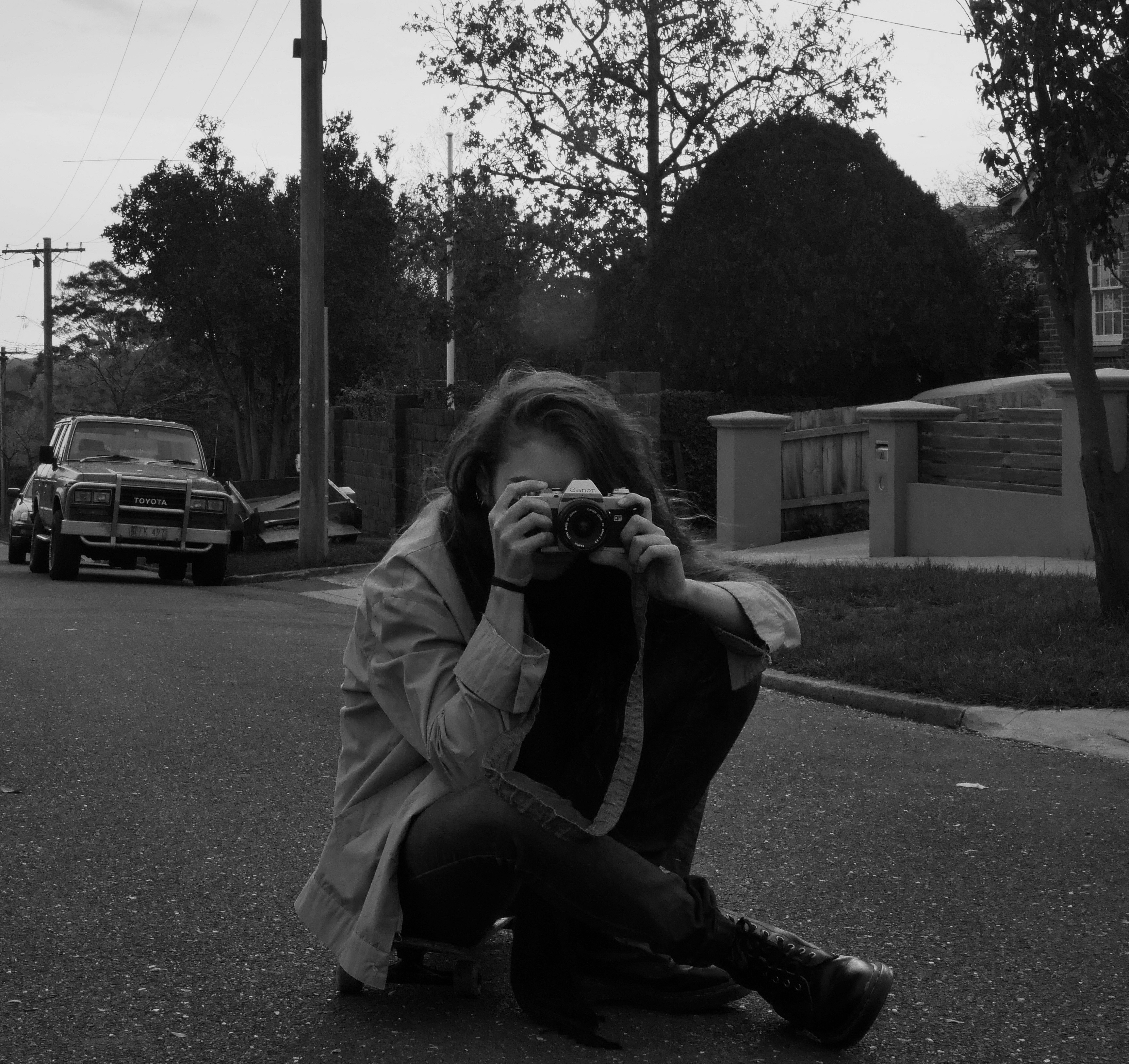Copywriting as my favourite reliable source would put it is “written content conveyed through online media and print materials. Copy is a content primarily used for the purpose of advertising or marketing. This type of written material is often used to persuade a person or group as well as raise brand awareness.” (Wikipedia) This topic was exactly what week 9’s lectorial focused upon, to be more precise the aspects we ourselves as students may not be aware off and the complexities various copywrite materials hold. Grey areas of the copywrite law include material museums, education, libraries and other areas where information and recourses that may want to share information for a non-profitable gain.
This brings me to my personal use of understanding and using copywrited material throughout the years. Apart from directly asking a content creator if you are able to use their material there are things known as licensing, where you can either buy and use the material, use it for your personal use, or it may come under a category known as Creative commons (CC).
The creative commons license s is a “worldwide non-profit organisation that provides copyright owners with free licences allowing them to share, reuse and remix their material, legally” (Creative Commons Australia). This has helped many budding filmmakers, students, and youtubers who do not have enough funding to be able to create and share material. It is important to note “offering your work under a Creative Commons licence does not mean giving up your copyright. It means permitting users to make use of your material in various ways, but only on certain conditions.”
Overall when choosing what material you will be using in a project (whether personal, public of educational) it is vital to look at the license that material comes under, if an individual has not stated where their material stands in terms of copywrite it is necessary to ask, infringements and defamation is the last thing any student would want for creating work to share with the world.
